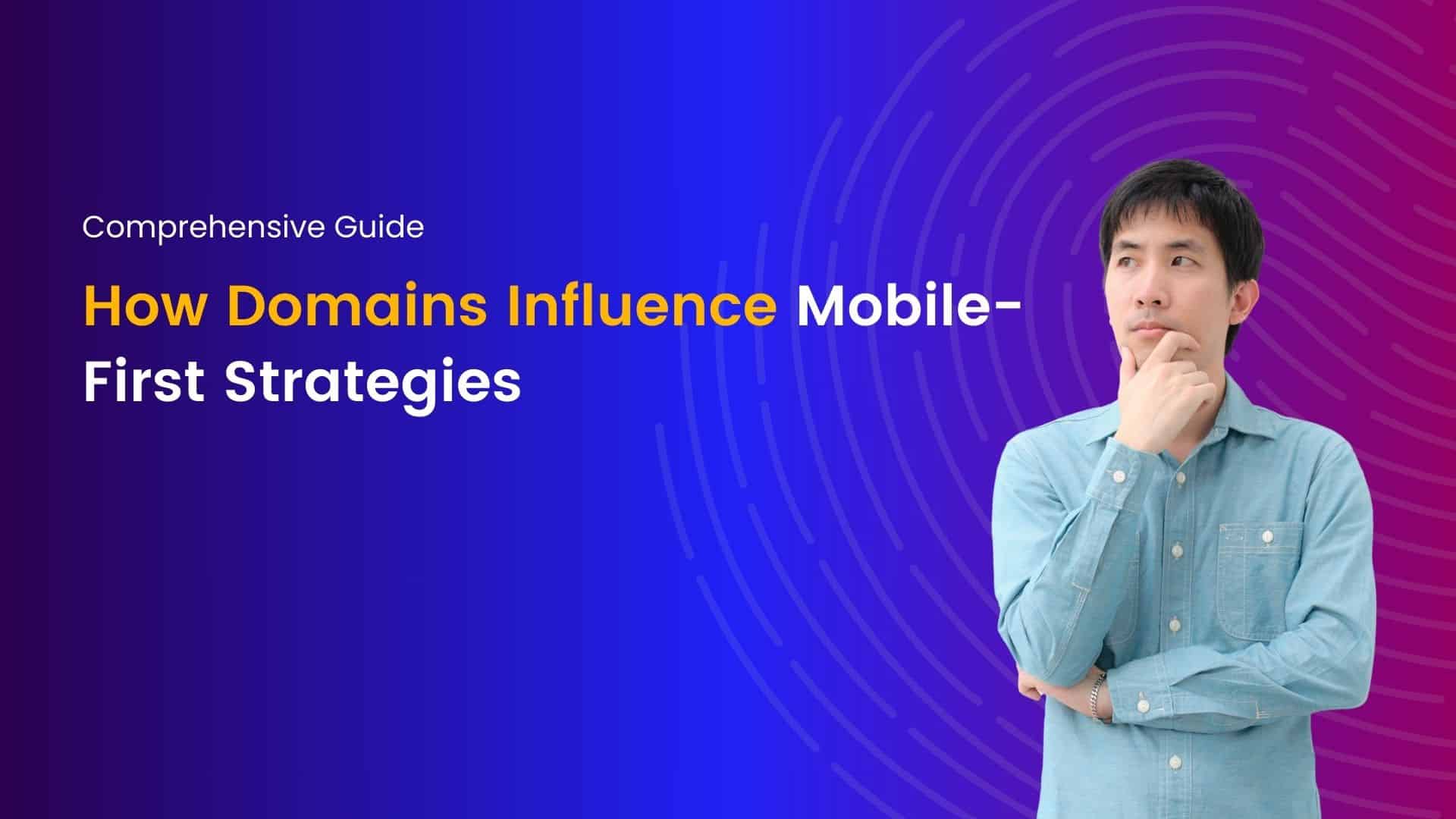In today’s digital age, where attention spans are shrinking and competition is fierce, website speed plays a critical role in retaining visitors and improving user experience. One of the primary factors influencing website speed is image size. Large, uncompressed images can significantly slow down loading times, leading to frustrated users and potential loss of business. However, by implementing image compression techniques, you can strike a balance between visual appeal and site performance, ensuring a seamless browsing experience for your audience.
Understanding Image Compression
In our digital age, where images play a pivotal role in communication, understanding image compression is essential. Whether you’re a photographer, graphic designer, web developer, or simply someone who loves sharing images online, comprehending the basics of image compression can significantly impact the quality and efficiency of your digital content. This article aims to provide a comprehensive overview of image compression, covering its definition, techniques, types, and its significance in various fields.
What is Image Compression?
Image compression is the process of reducing the size of an image file without significantly compromising its visual quality. The primary goal is to minimize the amount of data required to represent the image while preserving its essential features. By compressing images, you can save storage space, reduce bandwidth usage, and improve the efficiency of image transmission over networks.
Techniques of Image Compression
There are two primary techniques for image compression: lossy compression and lossless compression.
- Lossy Compression: Lossy compression achieves higher compression ratios by discarding some image data irreversibly. This technique eliminates redundant or less perceptually important information while retaining visual fidelity. Common lossy compression algorithms include JPEG (Joint Photographic Experts Group) and MPEG (Moving Picture Experts Group). While highly effective for compressing images, lossy compression may lead to a loss of fine details and introduce compression artifacts such as blockiness or blurring.
- Lossless Compression: Lossless compression reduces the size of an image file without sacrificing any image data. Unlike lossy compression, lossless techniques retain all original image information when decompressed. Popular lossless compression formats include PNG (Portable Network Graphics) and GIF (Graphics Interchange Format). While offering smaller file sizes compared to uncompressed formats, lossless compression typically achieves lower compression ratios compared to lossy compression.
Types of Image Compression
Image compression can be categorized into two main types based on the characteristics of the compression process:
- Spatial Compression: Spatial compression techniques exploit redundancy within the spatial domain of an image. This includes redundancies in pixel values, spatial frequencies, and correlations between neighboring pixels. Spatial compression methods include discrete cosine transform (DCT), which is widely used in JPEG compression, and wavelet transform, which is employed in JPEG 2000.
- Transform Compression: Transform compression involves transforming the image into a different domain, such as frequency or wavelet domain, where the data is more amenable to compression. By representing the image in a transformed domain, it becomes easier to identify and eliminate redundancies. Transform compression techniques are commonly used in both lossy and lossless compression algorithms.
Significance of Image Compression
Understanding image compression is crucial for various fields and applications:
- Web Development: In web development, optimizing image file sizes is essential for improving website loading times and reducing bandwidth usage. By employing efficient image compression techniques, web developers can strike a balance between image quality and performance.
- Digital Photography: For photographers, image compression impacts both the storage space required for storing photographs and the speed of transferring images between devices. Choosing the appropriate compression settings ensures that photographers can maintain image quality while managing storage constraints.
- Medical Imaging: In the field of medical imaging, where high-resolution images are crucial for accurate diagnosis, effective image compression techniques are indispensable. Compression allows for the efficient storage and transmission of large medical image datasets without compromising diagnostic quality.
- Video Streaming: Image compression plays a vital role in video streaming services, where large amounts of image data must be transmitted over networks in real-time. By compressing individual video frames efficiently, streaming platforms can deliver high-quality video content to viewers with varying bandwidth capabilities.
Benefits of Image Compression for Websites
In the fast-paced digital landscape of today, where attention spans are fleeting and user experience reigns supreme, the need for efficient website performance is paramount. One crucial aspect of optimizing websites is image compression. From faster load times to improved SEO rankings, the benefits of image compression are manifold. Let’s delve into why it’s a vital practice for any website owner or developer.
Improved Loading Speeds
Website loading speed is not just a matter of convenience; it significantly impacts user engagement and conversion rates. Studies have shown that users tend to abandon websites that take too long to load. Large, uncompressed images are among the primary culprits for sluggish loading times.
Image compression reduces the file size of images without significantly sacrificing quality. This means that web pages can load faster, providing users with a smoother and more enjoyable browsing experience. Whether accessed on a desktop or a mobile device, fast-loading websites are more likely to retain visitors and encourage them to explore further.
Enhanced User Experience
In today’s digital age, user experience (UX) plays a pivotal role in the success of any website. Slow-loading pages, especially those bogged down by oversized images, can frustrate visitors and drive them away. On the other hand, a well-optimized website with swiftly loading images contributes to a seamless and satisfying browsing experience.
By compressing images, website owners can ensure that their content is accessible and engaging across various devices and network conditions. Whether users are accessing the site on a high-speed broadband connection or a slower mobile network, optimized images help maintain consistent performance and uphold the overall quality of UX.
Bandwidth Conservation
Bandwidth consumption is a significant concern for website owners, particularly those catering to a large user base or operating on limited resources. Uncompressed images can consume substantial bandwidth, leading to higher hosting costs and potential overage charges.
Image compression mitigates this issue by reducing the amount of data transferred between the server and the user’s device. This not only conserves bandwidth but also minimizes the strain on server resources, allowing websites to accommodate more concurrent visitors without sacrificing performance or incurring excessive costs.
Search Engine Optimization (SEO) Benefits
Search engines like Google consider website speed and performance as essential ranking factors. Slow-loading pages are penalized in search results, resulting in lower visibility and reduced organic traffic. By optimizing images through compression, website owners can improve their site’s loading speed and enhance its chances of ranking higher in search engine results pages (SERPs).
Additionally, many image compression tools and techniques include optimization for alt tags and filenames, which are crucial for SEO. By providing relevant descriptions and keywords for images, website owners can further boost their visibility in image searches and improve overall SEO performance.
Mobile Responsiveness
With the increasing prevalence of mobile devices for internet browsing, ensuring mobile responsiveness has become imperative for websites. Mobile users, in particular, have limited bandwidth and smaller screens, making image optimization even more critical.
Compressed images load faster on mobile devices, reducing latency and data usage. This not only enhances the user experience but also contributes to better mobile SEO rankings. By prioritizing image compression as part of their mobile optimization strategy, website owners can cater to the growing mobile audience effectively.
Common Image Compression Techniques
Several techniques are employed in image compression to achieve efficient compression ratios while maintaining acceptable visual quality. Here are some of the most commonly used methods:
- Discrete Cosine Transform (DCT): DCT is a mathematical technique widely used in image compression, particularly in formats like JPEG. It converts spatial image data into frequency components, allowing the removal of high-frequency noise without significant loss of visual quality.
- Wavelet Transform: Wavelet transforms offer a multi-resolution analysis of images, capturing both high-frequency and low-frequency components effectively. This makes them suitable for applications where preserving fine details is important, such as satellite imaging and digital cinema.
- Run-Length Encoding (RLE): RLE is a simple yet effective compression technique that exploits sequences of repeated data values. It works well for images with regions of uniform color or patterns, achieving substantial compression ratios with minimal computational overhead.
- Predictive Coding: Predictive coding techniques predict the values of pixels based on neighboring pixels and encode the difference between the predicted and actual values. This approach is particularly useful for compressing images with smooth gradients or predictable patterns.
- Quantization: Quantization involves reducing the precision of pixel values, thereby reducing the number of bits required to represent them. While this leads to a loss of information, it can significantly reduce file sizes, especially in lossy compression schemes.
Implementing Image Compression Techniques
Implementing image compression techniques involves a combination of mathematical algorithms, signal processing techniques, and programming skills. Here’s a step-by-step guide to implementing image compression:
- Selecting a Compression Algorithm: Choose the appropriate compression algorithm based on your requirements, considering factors such as compression ratio, computational complexity, and desired level of image quality.
- Preprocessing: Preprocess the input image data as needed, which may include color space conversion, resizing, or filtering to enhance compression efficiency.
- Applying Compression Techniques: Implement the selected compression techniques, such as DCT, wavelet transform, or predictive coding, according to the chosen algorithm.
- Quantization: If employing lossy compression, apply quantization to reduce the precision of pixel values while minimizing perceptual loss.
- Entropy Coding: Use entropy coding techniques like Huffman coding or arithmetic coding to further compress the data by assigning shorter codes to more frequently occurring symbols.
- Decompression: Implement the corresponding decompression algorithm to reconstruct the compressed image data back into its original form.
- Evaluation: Evaluate the performance of your compression algorithm in terms of compression ratio, visual quality, and computational efficiency. Fine-tune parameters or explore alternative techniques as necessary to optimize performance.
Conclusion
In today’s fast-paced digital landscape, optimizing website speed is paramount to success. Image compression is a simple yet powerful technique that can significantly improve your website’s performance without compromising visual quality. By reducing image file sizes, you can enhance page load times, save bandwidth, and provide a better overall user experience. Whether you’re a business owner, web developer, or content creator, incorporating image compression into your website optimization strategy is essential for staying competitive in the online realm. Start compressing your images today and reap the benefits of a faster, more efficient website.
Image compression is a fundamental practice for optimizing website performance and enhancing user experience. By reducing file sizes without compromising quality, website owners can enjoy faster loading speeds, lower bandwidth consumption, and improved search engine rankings. Incorporating image compression into web development workflows is essential for staying competitive in today’s digital landscape and ensuring that websites deliver exceptional performance across all devices and platforms.
I'm a tech-savvy writer with a Computer Science degree and web hosting background, contributing to Hostao Blogs. I simplify complex tech topics like web development and cybersecurity. Beyond writing, I'm a tech explorer passionate about digital advancements.




















